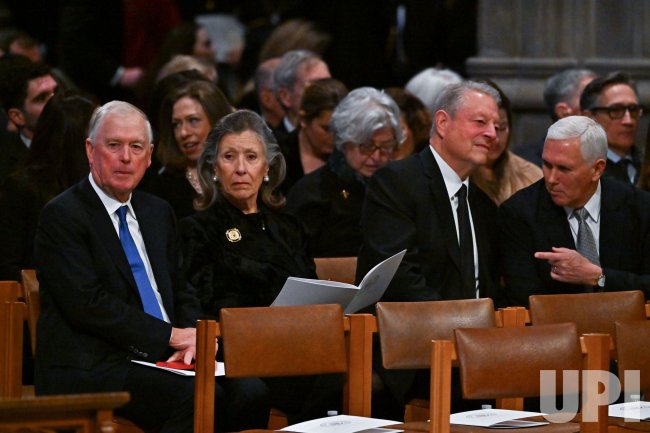Santa Fe High is shifting from the block schedule to a seven-period per day schedule for the 2024-2025 school year. The new schedule, which was revealed on Feb. 1, is the third time in the past three years that Santa Fe High has changed its schedule.
Mr. Lain, Santa Fe High’s interim principal, explained that district administration gave teachers three schedule options to vote on: a straight seven-period schedule, a hybrid schedule with two block days and three seven-period days, and an eight-period block. “The district wanted a staff choice,” he said.
When the results came out, of the 155 responses, the straight seven-period schedule won, receiving 49 percent of the votes. The hybrid received 31 percent, and the eight-period block schedule, which included a class that could be devoted to E2020 or other remedial initiatives, got 19 percent.
The new schedule will have seven 55-minute classes on Mondays, Tuesdays, Thursdays, and Fridays. On Wednesdays, students will still be released at 2 p.m., and the classes will be just 30 minutes long.
The teachers of some subjects prefer shorter, more frequent classes while others prefer the block.
Ms. Andrews, an art teacher, said, “The new schedule is very difficult for elective/lab classes. The class time of 55 minutes is not long enough to set up materials for projects and then clean up.” She continued, “The new schedule will be very exhausting for teachers. Seeing all of your students every day is very tiring.” In addition, Ms. Andres claimed, “The new schedule really gives away Wednesdays. I am not sure what projects students can do in a 30-minute time period.”
Ms. Beck, a math teacher, feels the opposite: “I really, really like it,” she said, explaining, “Math is much better taught in shorter lessons every single day than in these monstrously long [periods]. … There is a limit to how much new material or new concepts a student’s brain can absorb in one session. They then need time to practice that a little, and to sleep on it for their brain to process it.” She continued, “High school math students should be doing about 15 to 30 minutes of independent math practice (homework) every single day. It just doesn’t work to teach them, and then get them to practice, such high-level application concepts for so long each day. Even college-level math classes are usually only an hour long.”
Chemistry teacher Mr. Buschman said, “I am happy with next year’s schedule. In fact, I have been advocating for a seven-period schedule for the past ten years. For difficult subjects like chemistry, math or even a foreign language, you learn better from more frequent, shorter periods of instruction than you do from less frequent, longer periods of instruction.”
Mr. Vidal, who teaches Spanish 1 and 2, said, “Shorter periods will be beneficial for all students, especially for students who struggle with attention deficit disorder and/or learning challenges. I look forward to teaching next school year with the new schedule.”
Students have different opinions on the new schedule.
Angelo Pargas likes the new schedule because, he said, “I don’t have to sit in a two-hour class and kill my mind.”
Joshua Tapia is not in favor of the new schedule. He said, “Kids are tired of the classes they don’t like, and it’s going to create more absences and more ditching.”
Ryder Finch likes the schedule because “it’s more affordable to miss class,” he said, adding, “I would rather miss one hour in any class than two classes.”
Jericho Anderson and Kale Denniston both think they’ll like the new schedule, saying it will be “easier to concentrate for 55 minutes instead of two-hour classes.”
Santiago Valencia thinks he will dislike the schedule: “There isn’t a lot of work time built into the schedule, and going to every class every day is too repetitive,” he said.
Daniel Dou dislikes the new schedule because, he said, “I feel like there is going to be much more homework and much more grading for teachers.”
Oscar Trujilo said, “For students who have been here for at least a year, it’s going to be hard to adjust to.”
Another change is that lunch will be shortened. Next year’s lunch will be 30 minutes, as compared to the 35-minute lunch period this year. The other change is that Advisory will meet after second period on Wednesday for 45 minutes instead of after third period.













